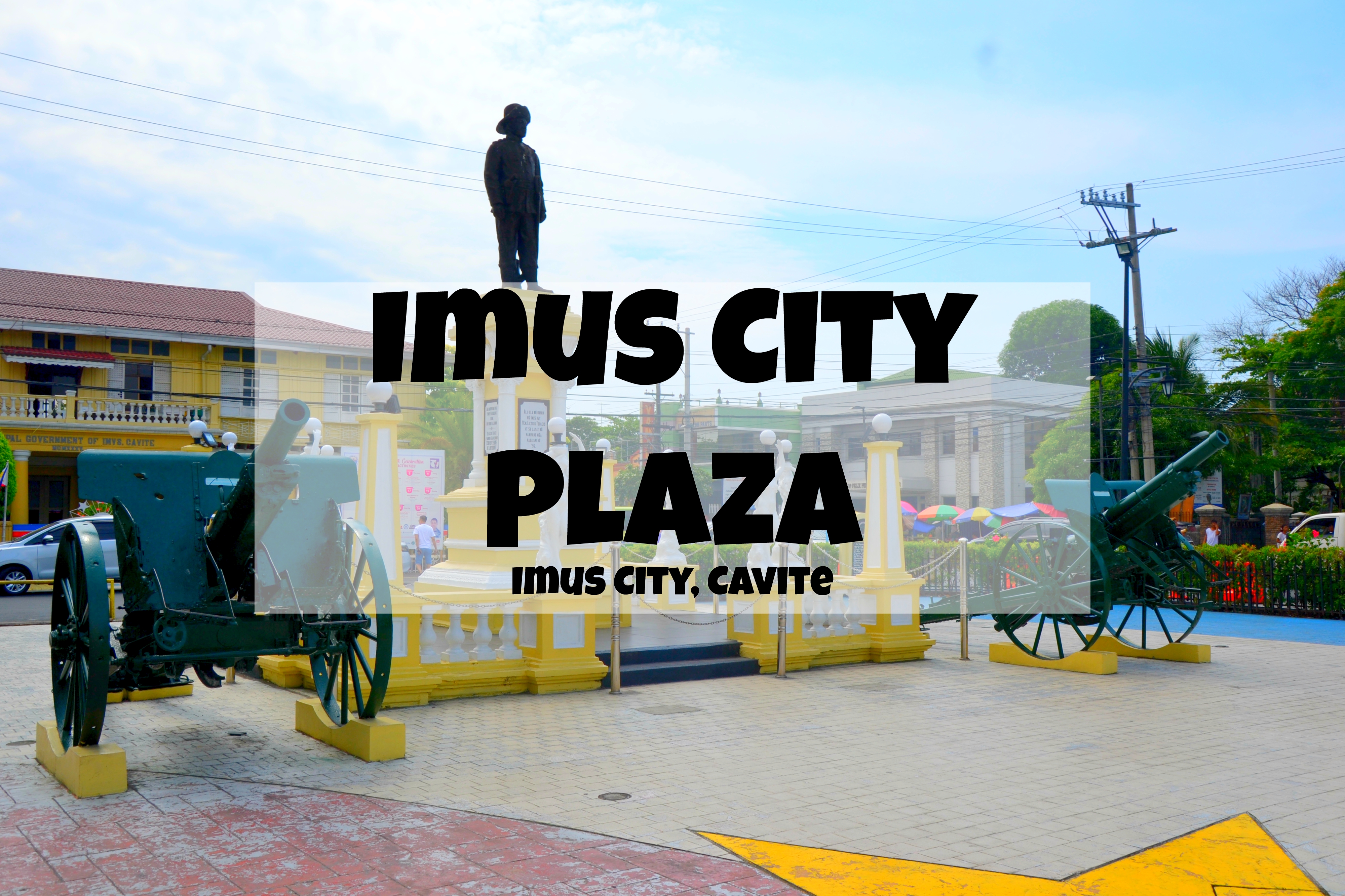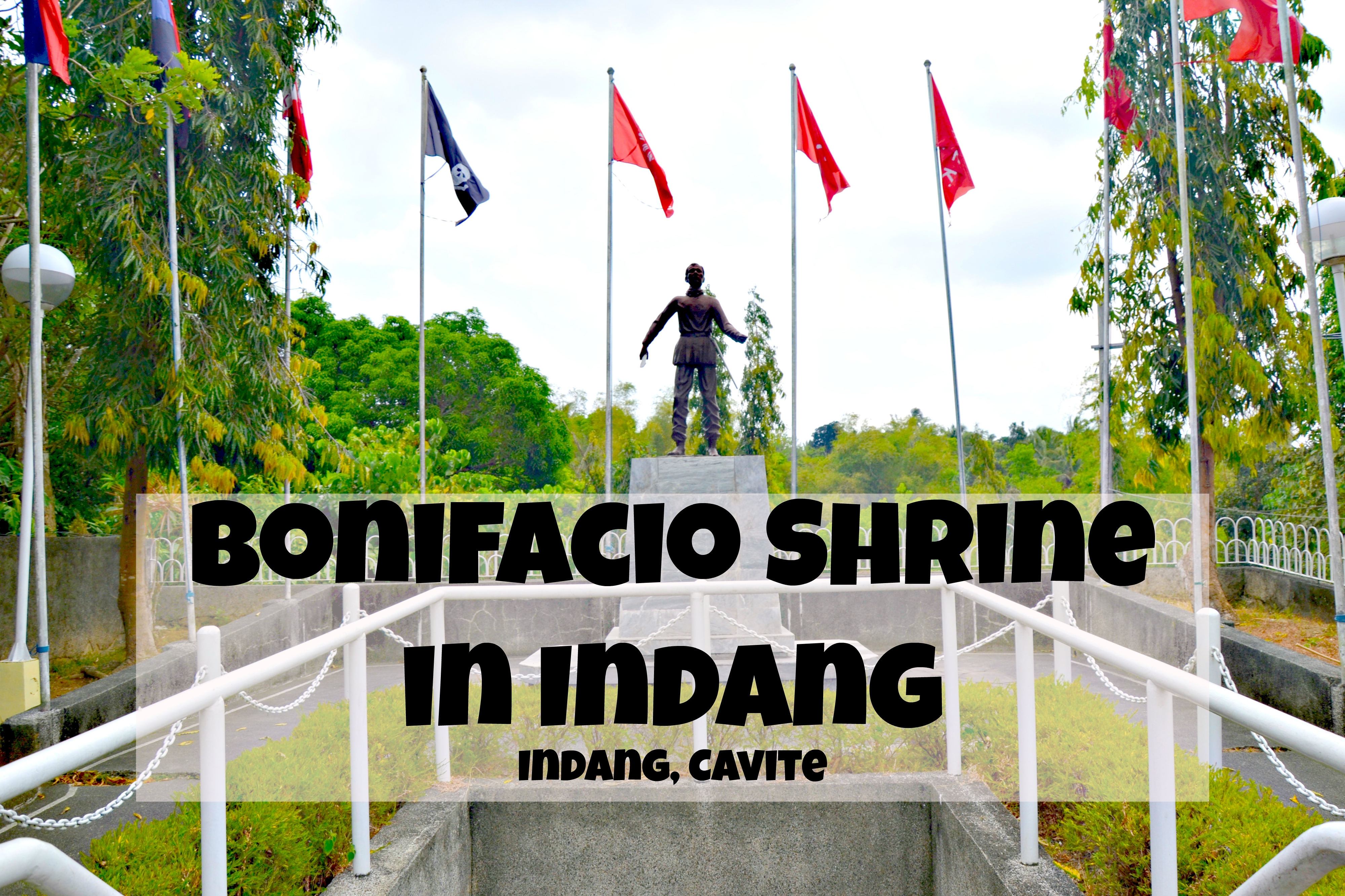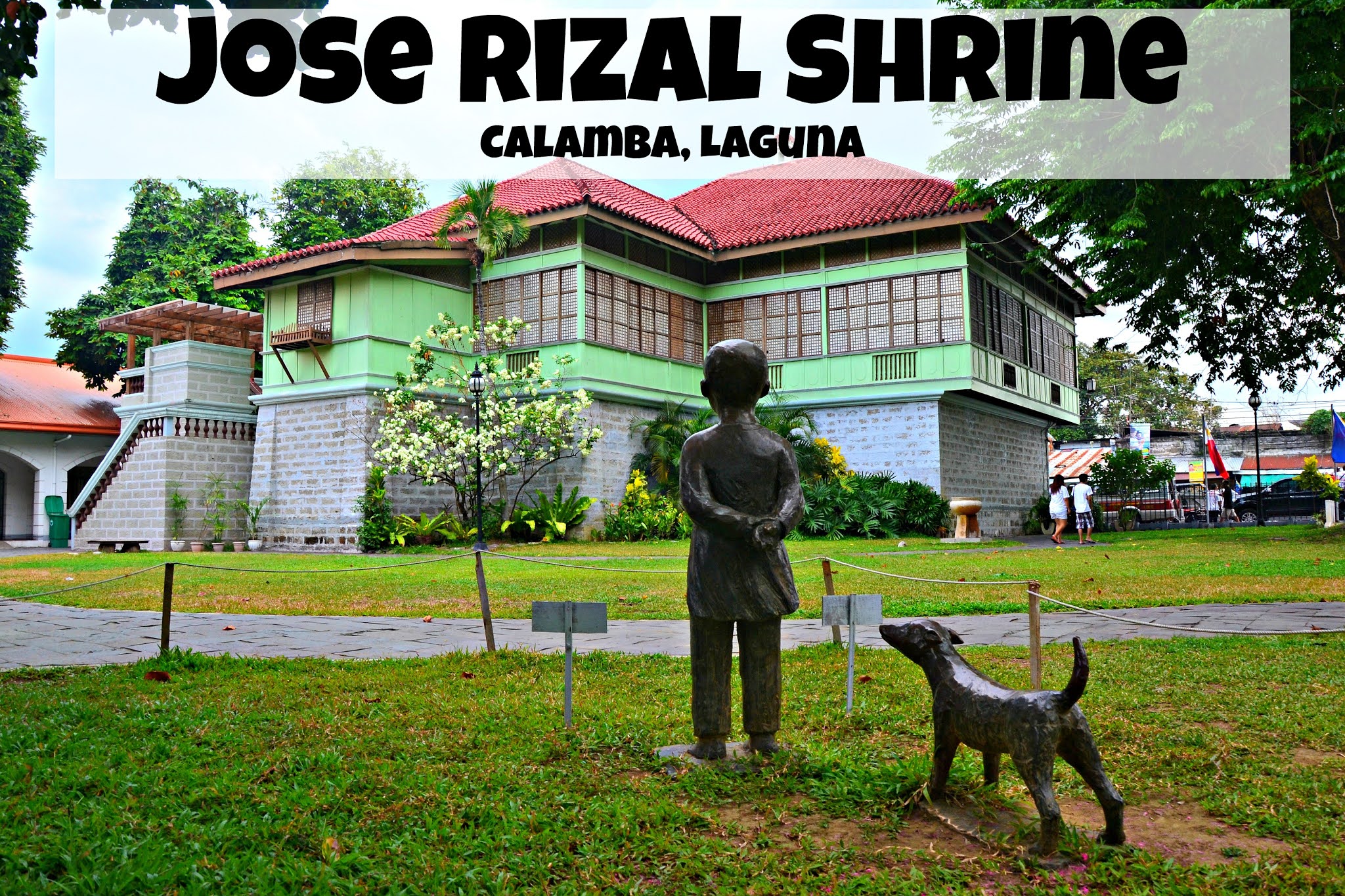Ise Jingu Geku - Mie
Ise Grand Shrine Geku or Ise Jingu Geku (豊受大神宮 (伊勢神宮 外宮)) is one of the two main shrine complexes of Ise Grand Shrine and is located at 279 Toyokawacho, Ise City, Mie Prefecture. It is named after Toyouke Omikami, the god of agriculture, rice harvesting, and industry.
Ise Jingu Geku is officially known as Toyouke Daijingu. It is also referred to as the outer shrine is known as shinmei-zukuri. It is characterized by simplicity and antiquity. The main building in Ise Jingu Geku and Naiku are both considered sacred hence, it is surrounded by multiple fences. Visitors are allowed only to go as far as the outer fence. Aside from that, taking a picture of the main building is prohibited. Regardless, you can still take photos of the other parts of the shrine complex.
As part of the Shinto belief in death and renewal, the shrine buildings of both Ise Jingu Geku and Naiku including the Uji Bridge are rebuilt every 20 years. This process is called Shinkinen Sengu. The present buildings were constructed in 2013 and are the 62nd iteration of the process. The 63rd Shinkinen Sengu will be in 2033.
Currently, there are 123 more Shinto Shrine in Ise City, and in the neighboring areas, 32 are connected to Ise Jingu Geku.
I visited the Ise Jingu Geku with my Japanese family last January 12, 2022, which was my 72nd day here in Japan as an ALT under the JET Programme. During our visit, we explored the grounds of Ise Jingu Geku and I made sure to get the goshuin of the shrine for my goshuin collection.
These are some of the structures that I saw on the Ise Jingu Geku grounds:
 |
| Mimaya 御厩(外宮) |
 |
| The Triple Stones (三ツ石) |
 |
| Tsuchinomiya (土宮) |
 |
| Kaze-no-miya (風宮) |
 |
 |
| Taka-no-Miya (多賀宮) |
Overall, despite having a smaller area compared to Ise Jingu Naiku, Ise Jingu Geku is still equally important as the latter.
As a history buff, it has always been a dream for me to visit Ise Jingu Geku and Naiku. Hence, to visit it now was a memorable experience for me. I'm looking forward to revisiting this place again in the future but next time, I will bring my wife and daughter along with me.
Ise Jingu Geku Admission Fee
It's FREE to enter Ise Jingu Geku and explore its grounds but if you have extra coins you may want to leave a donation in the donation box or saisen (賽銭).
Ise Jingu Geku Operating Hours
Ise Jingu Geku is open from 5AM - 5PM.
Why visit Ise Jingu Geku?
Ise Jingu Geku and Naiku are 2 must-visit destinations if you are in Mie Prefecture. They are considered the holiest and most important shrines in the country. Hence, I highly suggest that you include these places in your itinerary when you visit Ise City.
Getting to Ise Jingu Geku
If you're coming from Chubu Centrair International Airport in Aichi Prefecture, head to Central Japan International Airport Station and board the Meitetsu-Limited Express train to Meitetsu Nagoya Station.
From there, walk to Kintetsu Nagoya Station and transfer to the Kintetsu Limited Express. Board down at Iseshi Station. From there, walk for about 600 meters going to Ise Jingu Geku grounds.
Travel Time: 2 hours and 22minutes
Fare: 4060 yen
Ratings
| Cleanliness |
| Overall rating |
 |




















I envy you! I really wanted to see Ise Jinju Grand Shrine too!
ReplyDeleteIt's not too late to visit Ise Jinju Geku. =)
DeleteIf you notice, the energy inside the shrine grounds is powerful. That's why I love visiting Ise Jingu Geku.
ReplyDeleteI also feel that. I'm happy that I'm not the only one.
DeleteGreat article. It's a nice read.
ReplyDeleteThank you so much for visiting my blog.
DeleteYou visited the most sacred place in Japan. I envy you.
ReplyDelete